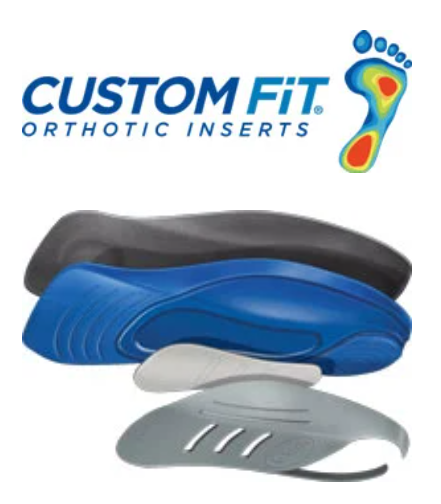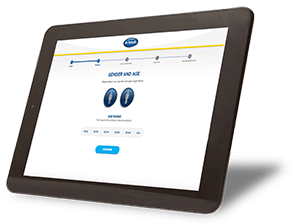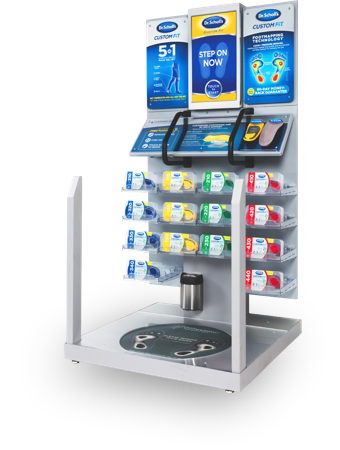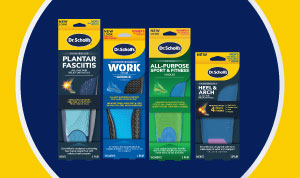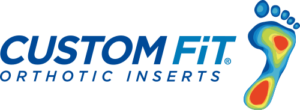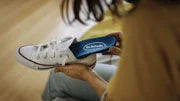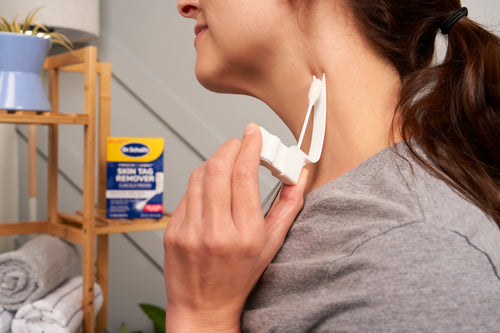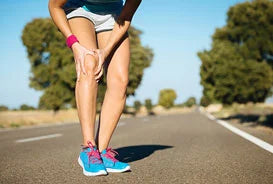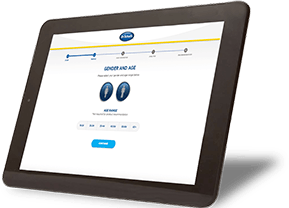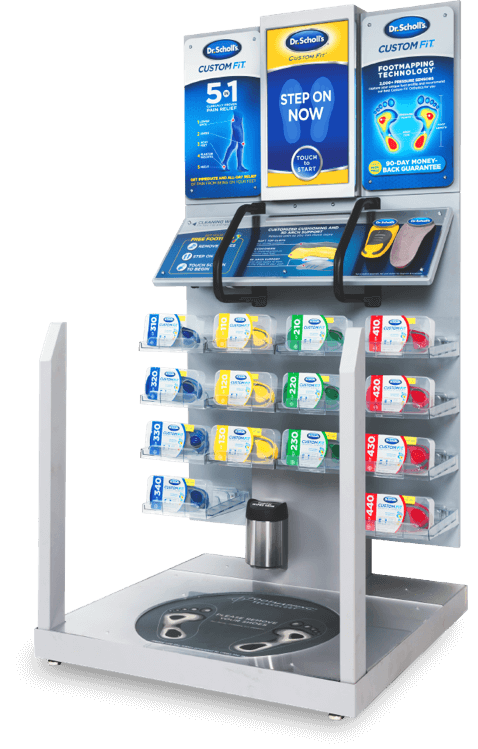In order to understand what overpronation is, it’s important to first understand pronation and what it means to pronate. Pronation is a natural bodily foot movement that occurs when you walk or run. Your foot makes contact with the ground at the outside of the heel and then it rolls inward in order to distribute your weight and absorb shock. As the ankles tilt inward, the foot flattens and stretches.
A healthy degree of pronation is necessary but too much pronation can cause issues. With overpronation, the natural movement of pronation is exaggerated and the foot continues to roll at a time when it should be pushing off of the ground. This results in excess weight being transferred to the inner part of the sole of the foot rather than the ball of the foot as should happen. Overpronation can put stress on ligaments, muscles and tendons and in turn increases the risk of pain, injury and foot issues. Common conditions that can result from overpronation include:
- Plantar fasciitis
- Bunions
- Achilles tendinitis
- Heel spurs
- Sprains
- Shin splints
- Hip, back and knee pain

